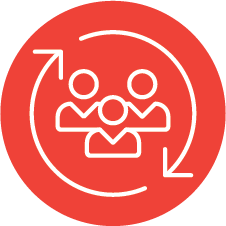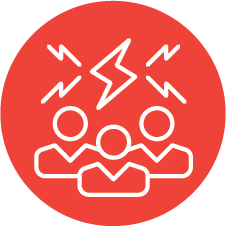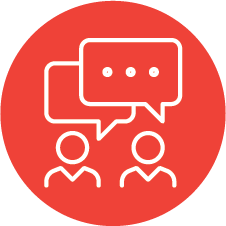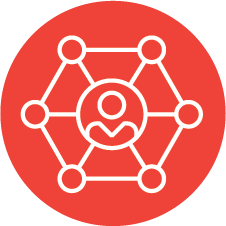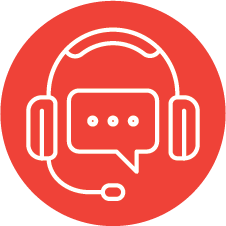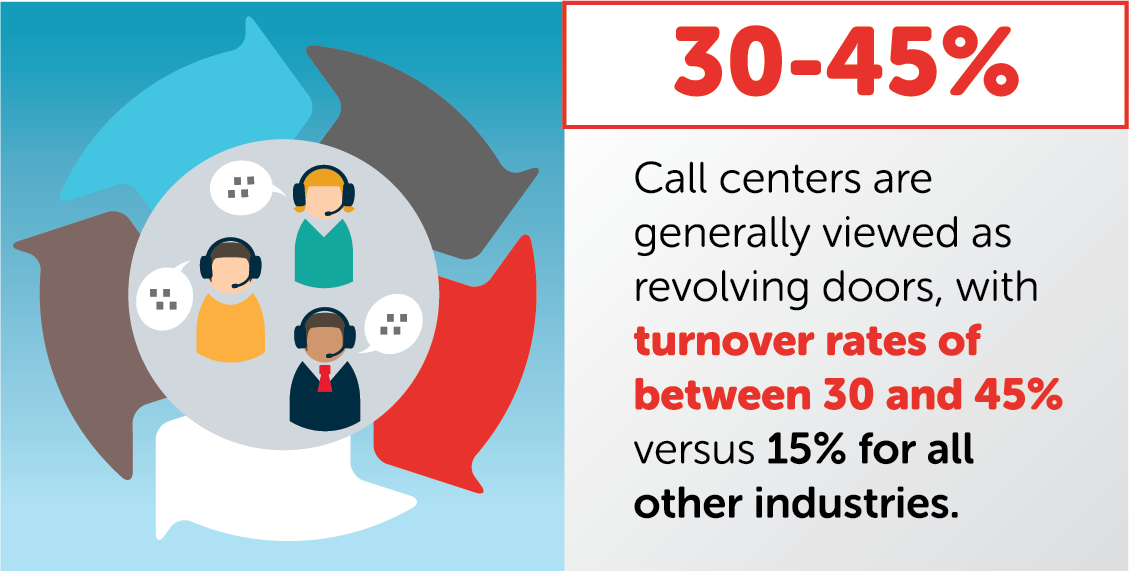Everyone has been a victim of bad customer service at some point in their life and, unfortunately, a bad experience is usually more memorable than a great one. As the call center is often the first or only interaction a customer will have with a business, the experience delivered must be outstanding each and every time. There are many considerations for delivering an exceptional customer experience, from agent autonomy and training to use of advanced call center technologies to anticipate customer needs, detect nuanced agent issues and ensure optimal staffing.
To deliver the best service, metrics must continually be evaluated to find pain points and refine agent performance. Businesses that focus on this crucial front line to their customers benefit from repeat business, favorable online reviews, word-of-mouth referrals and high customer satisfaction scores.
Reducing Employee Turnover
Call centers are generally viewed as revolving doors, with turnover rates of between 30 and 45 percent versus 15% for all other industries. The work can be difficult, high volume, high stress, and lower paying, so high turnover is understandable but also problematic. In addition to the expense of continually hiring and training new employees, a greater price is the degraded customer service that can result from an inexperienced, uninspired and disempowered workforce. Find out how to reduce call center turnover.
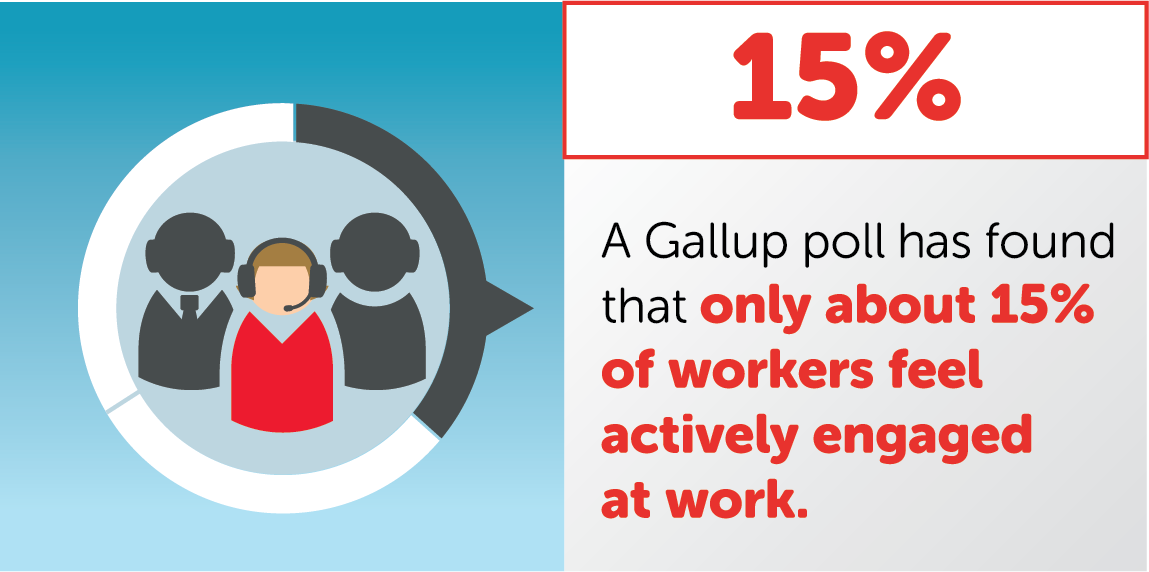
Employee Engagement for Better Customer Service
Speech Analytics for Improved Customer Experience
Speech analytics is becoming more widely utilized to make data actionable in real time, to help companies improve services, reduce costs, and grow revenue in their call center and other business areas. In its earlier form, speech analytics was merely the conversion of audio files to text to enable searches of specific words or phrases. Today it enables in-depth searches to detect tone and emotion expressed on a phone call as well as trends within a call, such as hold times, silent patches, or agents interrupting a caller. This data can be used for training to create a better customer experience.
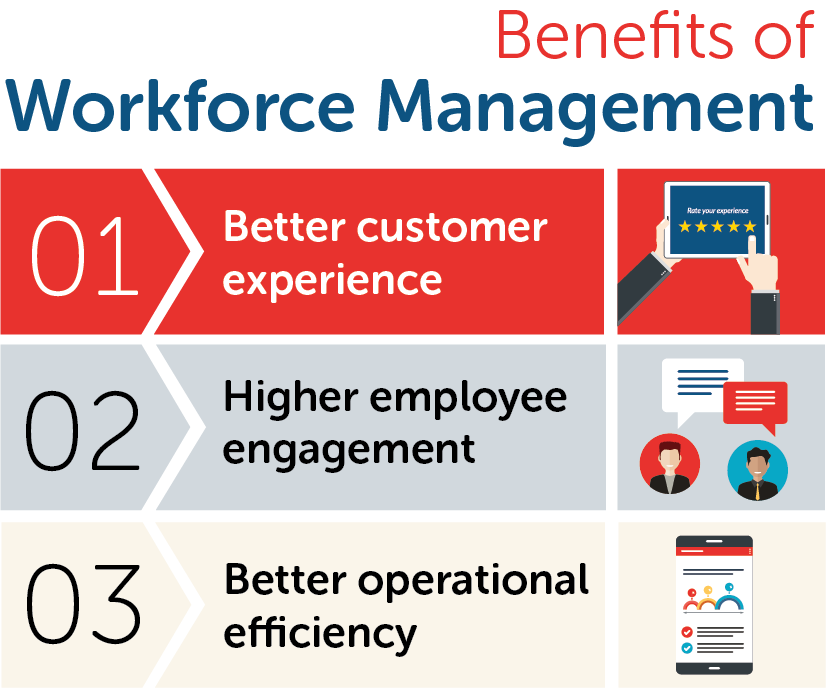
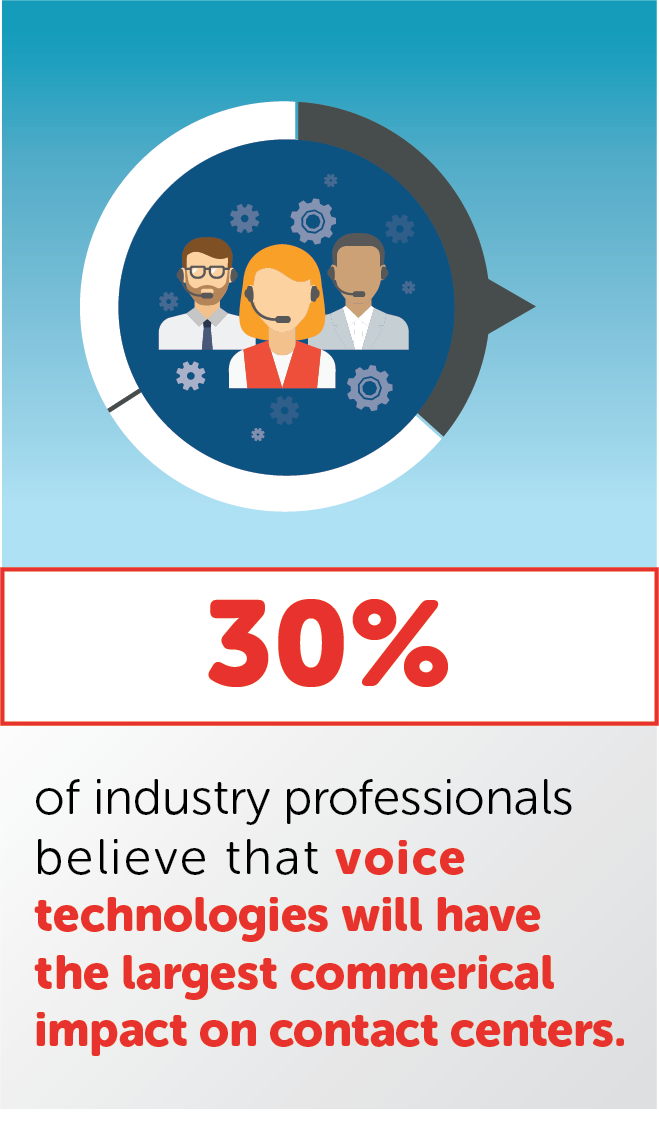
Accelerating Adoption of Advanced Call Center Technologies
Bringing advanced call center technologies and tools into the call center can increase productivity and efficiency and improve agent performance, leading to improved customer service and experience. A recent Speechmatics survey of call center industry professionals entitled Trends and Predictions for Voice Technology in 2020, revealed that 30% of respondents said they believed that voice technologies will have the largest commercial impact on contact centers, enabling companies to derive information about the caller’s emotion in addition to just words. This allows for a new level of customer and agent insights that can dramatically improve customer experience.
Workforce Management for Peak Efficiency and Performance
Call center staffing, commonly referred to as Workforce Management, is one of the most critical functions of planning and managing a call center, as the most significant call center costs are associated with personnel. Management of call center staffing requires striking the optimal balance between achieving service levels and delivering great customer service, utilizing the fewest number of agent labor hours. Many companies use a combination of workforce management software and the application of historical data for forecasting models. According to the ZenDesk, the three essentials of a call center workforce management strategy are:
- Forecasting
- Management
- Employee Scheduling
The main benefits of workforce management are:
- Better customer experience
- Higher employee engagement
- Better operational efficiency
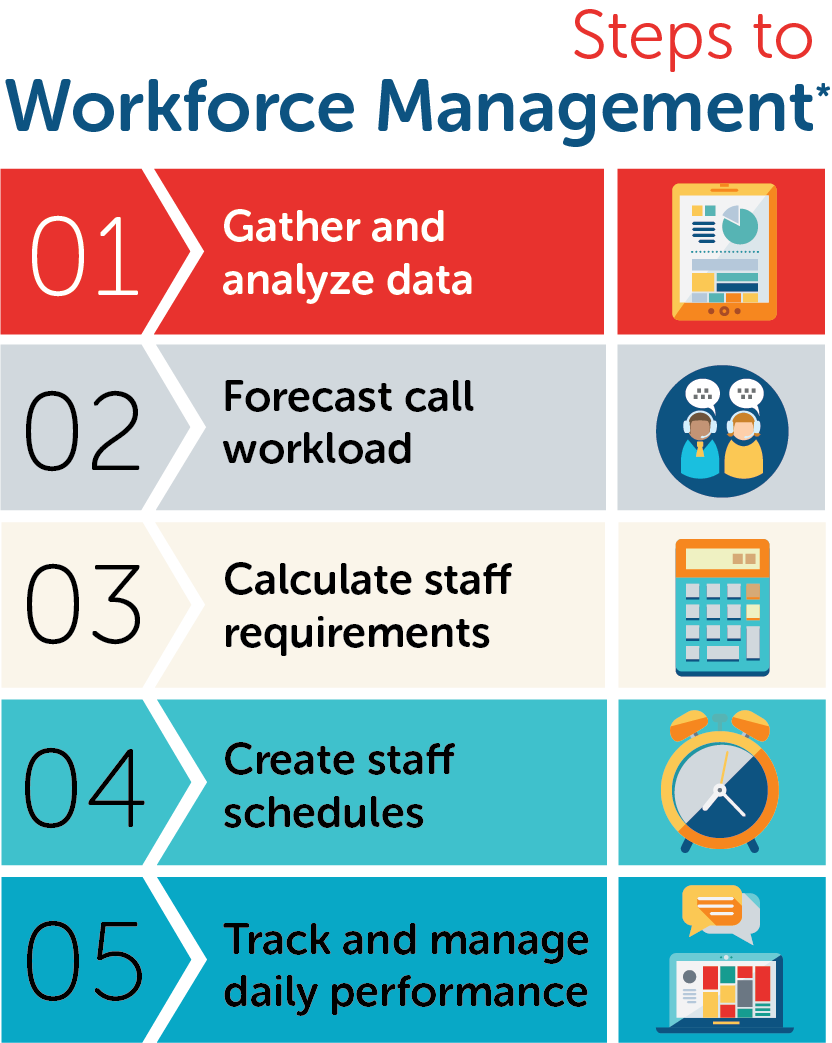
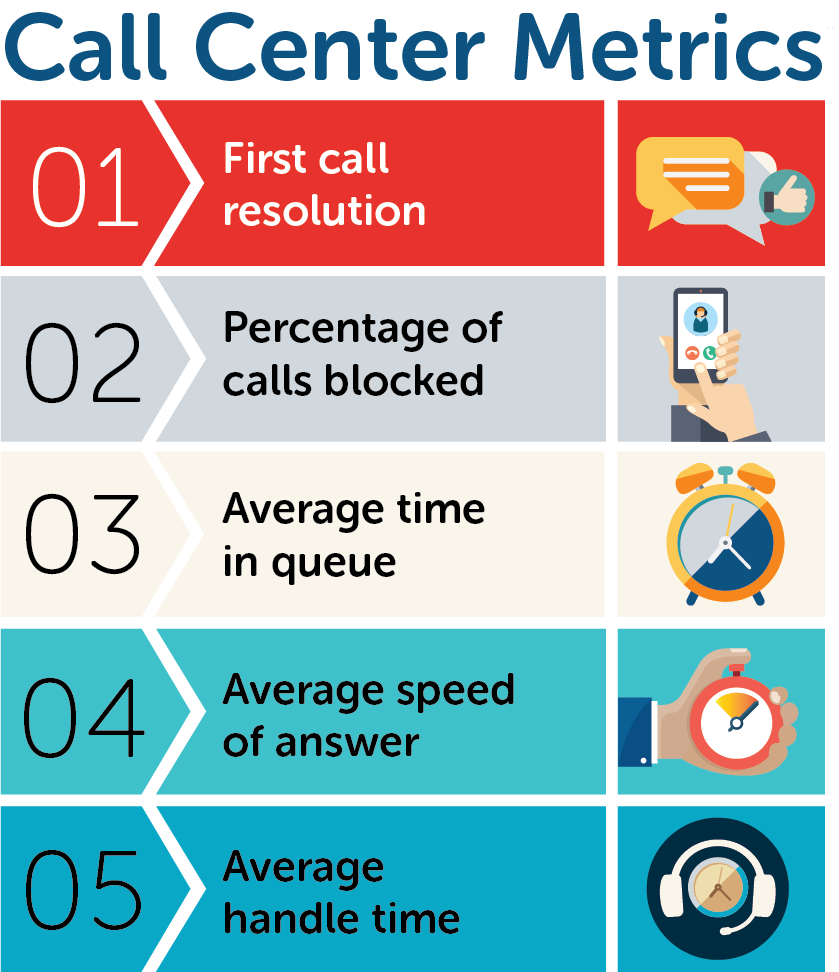
Call Center Metrics that Directly Impact Customer Satisfaction
There are many measurable factors in a call center that have been proven to result in a very satisfied or dissatisfied customer. According to an article by TalkDesk, many of these factors are related to expediting the amount of time customers spend on calls or waiting for service. They include percentage of calls blocked, average time in queue, average abandon rate, service level and average speed of answer.


